AIR
When Yadira Sanchez’s three children leave for school, the worrying begins. Sanchez lives in Denver’s Elyria Swansea neighborhood. After she moved to this heavily industrialized part of town, her oldest son, Ruben, developed asthma. Her daughter, Olivia, began taking breathing medications a year after she was born. Her youngest, Leonardo, “was just kind of born into [asthma].”
“We have the refinery and all of the pollution from the semis that pass through,” she explains. “Asthma is a normal thing in this part of town. You’re most definitely afraid of the air you’re breathing in because although you need it to survive, that same air is also killing you and your family.”
Some children coping with severe asthma aren’t able to attend ordinary schools due to frequent absences and needing special attention just to stay alive. In Denver, the only school that provides extra medical care is Morgridge Academy. All three of Sanchez’s children go to the school.
“Our students have trouble in typical schools because they would often miss 40, 80 days of school each year just trying to get medical care,” says principal Jennifer McCullough. “We’re able to take care of them so they don’t have to go home and they can continue getting their education.”
One out of every 10 American schoolchildren has asthma—and those rates are increasing rapidly due to pollution.
“When I have an asthma attack, it feels like someone holding me underwater for a while,” says Marilyn Moore, a fifth-grader at Morgridge Academy. “You feel like you’re underwater and you can’t come up,” echoes seventh-grader Jahmir Young.
DIRTY AIR
We are all citizens of the global air supply. Air is life. And when we change the air, we change ourselves.
Air pollution was significantly worse during the early stages of the Industrial Revolution. Coal, the dirtiest source of fossil fuel energy, was burned to heat homes, power factories, and produce electricity. Famously toxic blankets of “smog”—a mixture of smoke and fog—blanketed big cities like London. But new laws helped clean up the air. After amendments were made to the U.S. Clean Air Act of 1970, air quality markedly improved in cities like Denver and Los Angeles (the latter experienced unhealthy levels of air pollution on more than 200 days a year in the early ‘70s).
Now, new threats are popping up. The oil and gas industry is increasing operations in densely inhabited areas in their quest for new reserves. Pollutants leak during the process of drilling and equipping wells; as time goes on, pipes rust, holding tanks leak, and pollution increases. A study by Cornell University forecasted that four out of every ten wells in northeastern Pennsylvania will leak or fail.
Studies in Colorado, Pennsylvania, and Utah have documented elevated levels of harmful air pollutants in and around areas with oil and gas production activity; 12.6 million Americans live within a half-mile of active oil and gas wells, compressors and processors. Approximately 158 million Americans—nearly half of the country—live in counties where air pollution exceeds national health-based standards; each year, air pollution causes 200,000 premature deaths in the U.S.
Whether the pollutant is soot, sulfur dioxide, or climate-altering gases like carbon dioxide, methane, or nitrous oxide, much clean-up work still needs to be done—particularly in rapidly industrializing countries like China and India. The World Health Organization estimates that dirty air kills about 7 million people worldwide each year.
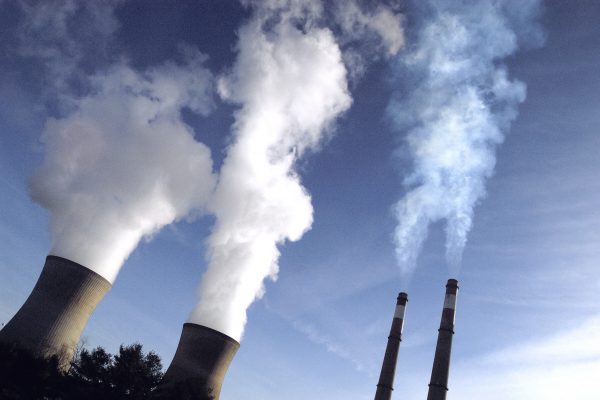
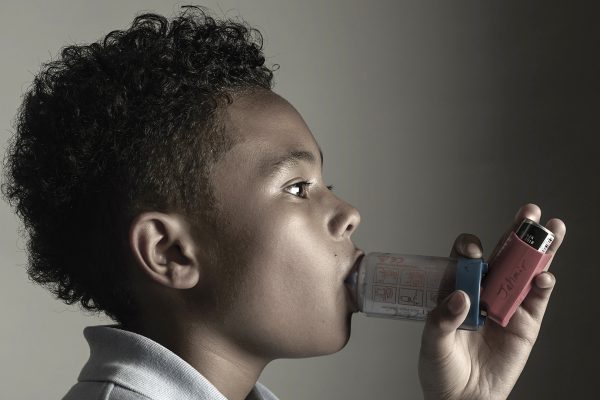
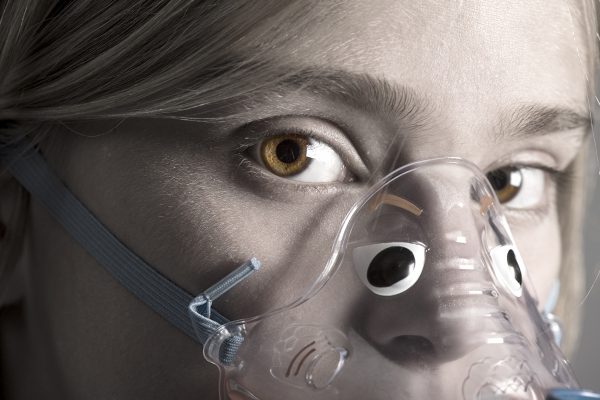
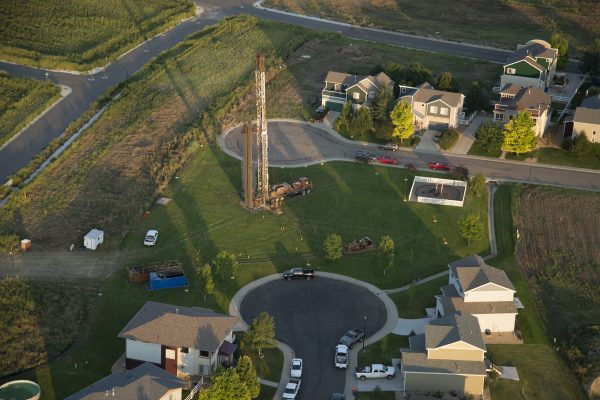
AIR & CLIMATE
The majority of carbon dioxide, methane, and nitrous oxide spewed into the atmosphere comes from burning coal, oil and natural gas in everything from cars and airplanes to power plants and home furnaces. The methane-rich burping and flatulence of livestock like cows adds still more.
These pollutants create warmer air. A vicious cycle ensues. Warmer, drier air feeds wildfire and wildfire alters air. Our forests and lungs burn. Our climate changes. The Anthropocene unfolds.
Since the mid-1800s, researchers have understood that changing the chemical characteristics of our air supply, by filling it with the waste products of combustion, can heat the atmosphere.
Earth’s atmosphere is 78 percent nitrogen, 21 percent oxygen, 0.93 percent argon, and the rest trace gases including 0.04 percent carbon dioxide (CO2). Even though CO2 is such a miniscule fraction of the air supply, it has an extraordinary ability to trap heat in the atmosphere.
Researcher Charles Keeling was the first person to consistently measure carbon dioxide concentrations in the air. He began his measurements in 1958 at Mauna Loa Observatory in Hawaii. These measurements—later traced in a graph known as the Keeling Curve—would reveal a shocking rise in the concentrations of CO2. Measurements all around the world reveal a similar uptick.
When Keeling began his work, the air contained just 315 parts per million of CO2.
With an increase of more than 2 parts per million every year, the concentration is now, in 2018, approximately 411 parts per million. The concentration varies slightly throughout the year, but it is on a steady upward trend.
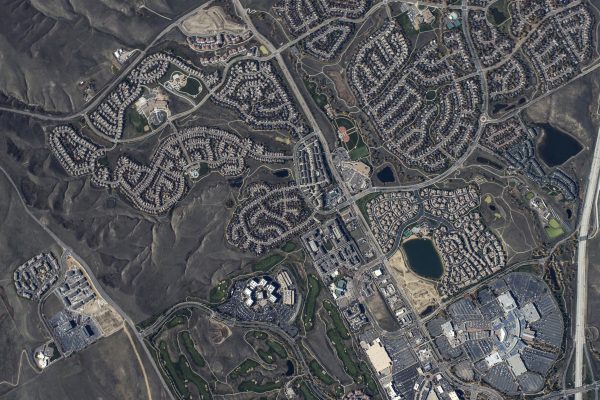
QUICK FACTS
- More than half of all Americans live in unhealthy air.
- The World Health Organization estimates that nine out of 10 people on Earth breathe highly polluted air.
- Air pollution causes more than 200,000 premature deaths in the U.S. each year and killed more than 600,000 children under age 15 worldwide in 2016.
- An estimated 24.6 million Americans, including 6.1 million children, have asthma.
- In 2013, schoolchildren missed approximately 13.8 million days of education due to asthma.
- The annual economic cost of asthma in the U.S. is more than $56 billion.
- More than 4,000 Americans die each year due to asthma; worldwide, asthma kills 250,000 people annually.
- There are nearly 3 million schools within a half-mile of active oil and gas operations in America.
RESOURCES
Hearings to Open on Alternative Solutions to Smog Problem in Los Angeles
Air pollution and early deaths in the United States
How air pollution is destroying our health
The Discovery of Global Warming
Carbon dioxide tops 400 ppm at Mauna Loa, Hawaii T
CO2 Earth: Are we stabilizing yet?
Asthma continues to be a serious public health problem in the United States.
9 out of 10 people worldwide breathe polluted air, but more countries are taking action
Air pollution and child health
New Estimates for Asthma Tracked
Global Warming Fact: More than Half of All Industrial CO2 Pollution Has Been Emitted Since 1988
